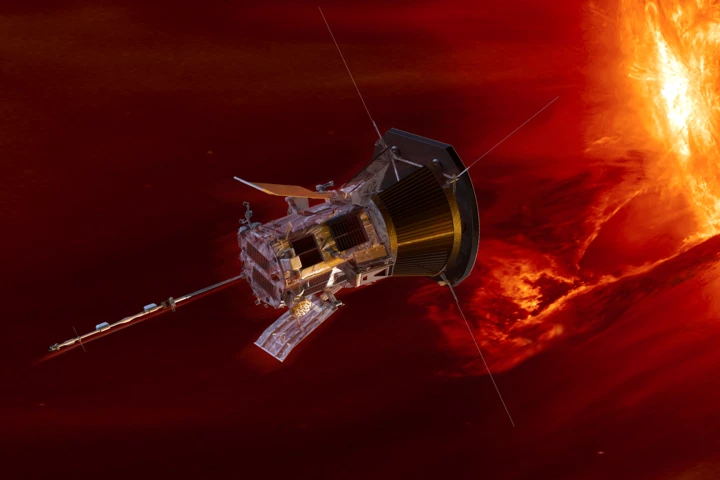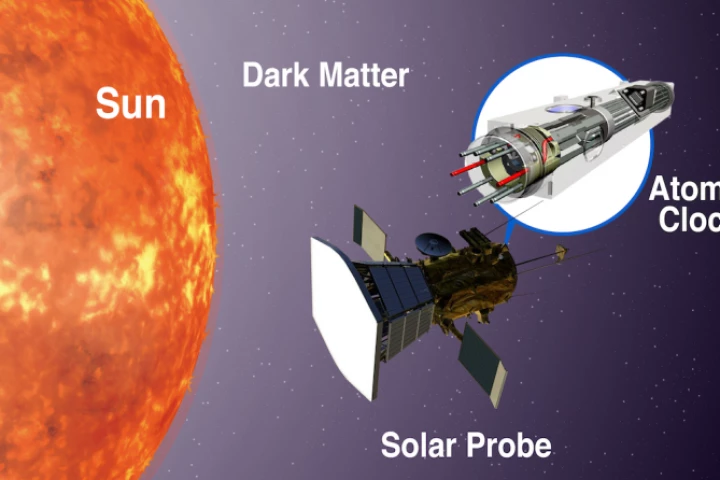Parker Solar Probe
-
NASA has confirmed that its Parker Solar Probe is safe and fully operational after its Christmas Eve close encounter with the Sun. On December 24, 2024, the robotic probe came within a record 3.8 million miles (6.1 million km) of the Sun's surface.
-
Dark matter remains elusive despite decades of searching. Now physicists have proposed a new experiment that would try to find signals by sending atomic clocks to where dark matter should be at its most dense – right near the Sun.
-
Though designed to study the Sun, NASA's Parker Solar Probe has scored a first by collecting the first images of the surface of Venus in visible light using its Wide-Field Imager (WISPR) while flying by the planet's night side in 2020 and 2021.
-
After setting off back in 2018 on a history-making mission to study the Sun by getting up close and personal with its atmosphere, NASA's Solar Parker Probe has finally entered this region area for the first time.
-
NASA's Parker Solar Probe has set a new pair of records after it survived its 10th close encounter with the Sun, coming within 5.3 million miles of the surface and reaching a speed of 363,660 mph, making it the fastest-ever artificial object.
-
NASA's Parker Solar Probe continues to edge closer and closer to its target, setting one new record after another. The latest came during a close approach today, where the spacecraft exceeded blistering speeds of 330,000 mph (532,000 km/h).
-
NASA has released the first significant findings from the Parker Solar Probe's first two close encounters with the Sun that began in November 2018. Four new studies outline how the spacecraft has both confirmed theories and sprung a few surprises.
-
In a new series we'll be profiling space probes tasked with pushing the boundaries of science. This week: a spacecraft built to "touch the Sun".
-
After coming within a record 15 million miles (24 million km) of the Sun's surface on November 5, 2018. NASA's Parker Solar Probe has completed its first orbit and is heading back for another fiery close encounter.
-
Mission control at the Johns Hopkins University Applied Physics Lab confirmed receiving the Parker Solar Probe's status beacon on November 7 after it came within 15 million miles (24 million km) of the Sun's surface on November 5.
-
The Parker Solar Probe has only been in space about two and a half months, and it's already breaking records. On October 29, 2018 at 1:04 pm EDT, the unmanned spacecraft came within 26.55 million mi (42.73 million km) of the Sun's surface – closer than any other man-made object.
-
The Parker Solar Probe took time off on the way to its historic rendezvous with the Sun to look back and take a snapshot of home. Taken by at a distance of 27 million miles, the image shows the Earth as a lopsided ball with an elongated lens flare caused by Earthlight at the bottom of the panel.
Load More










